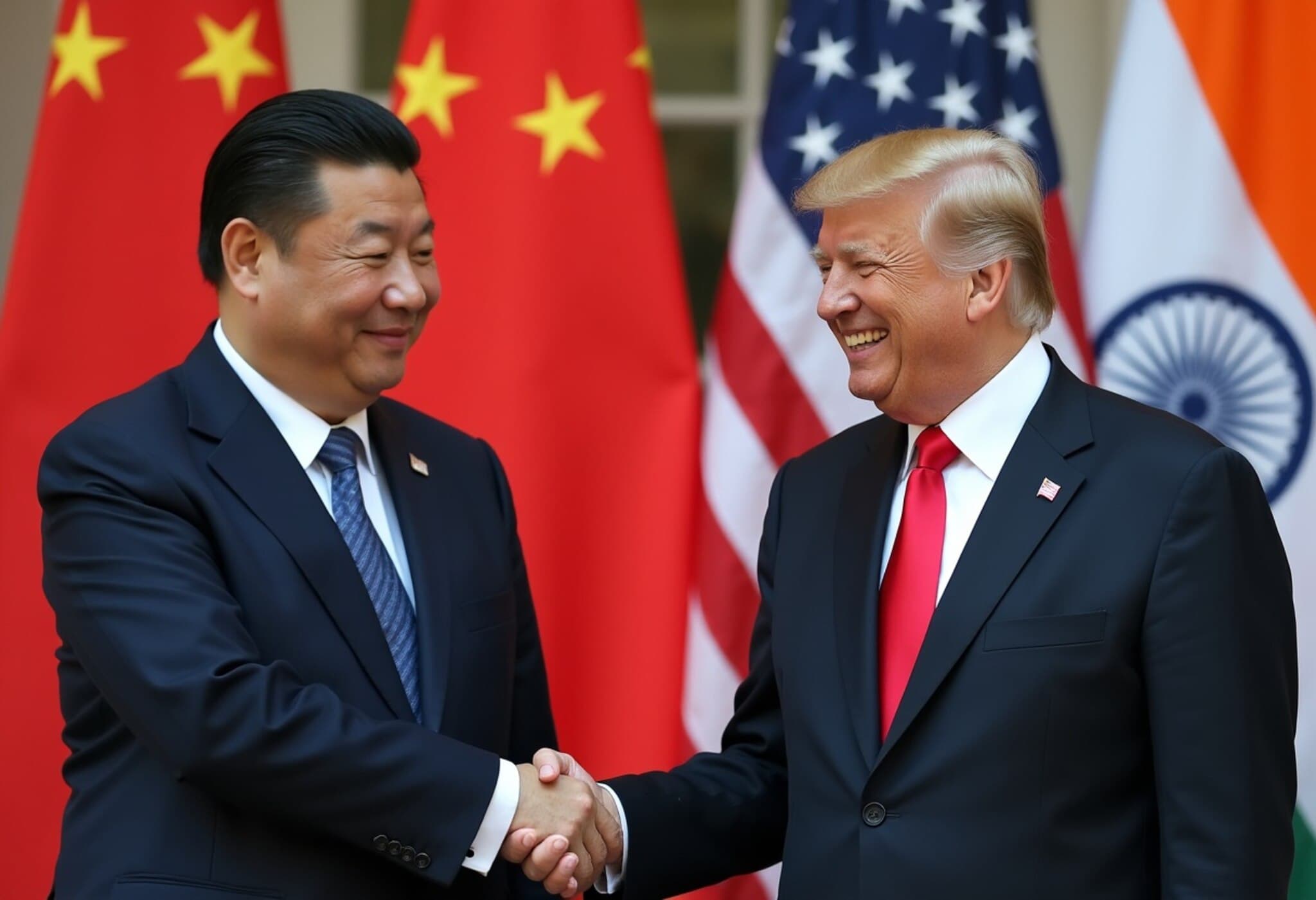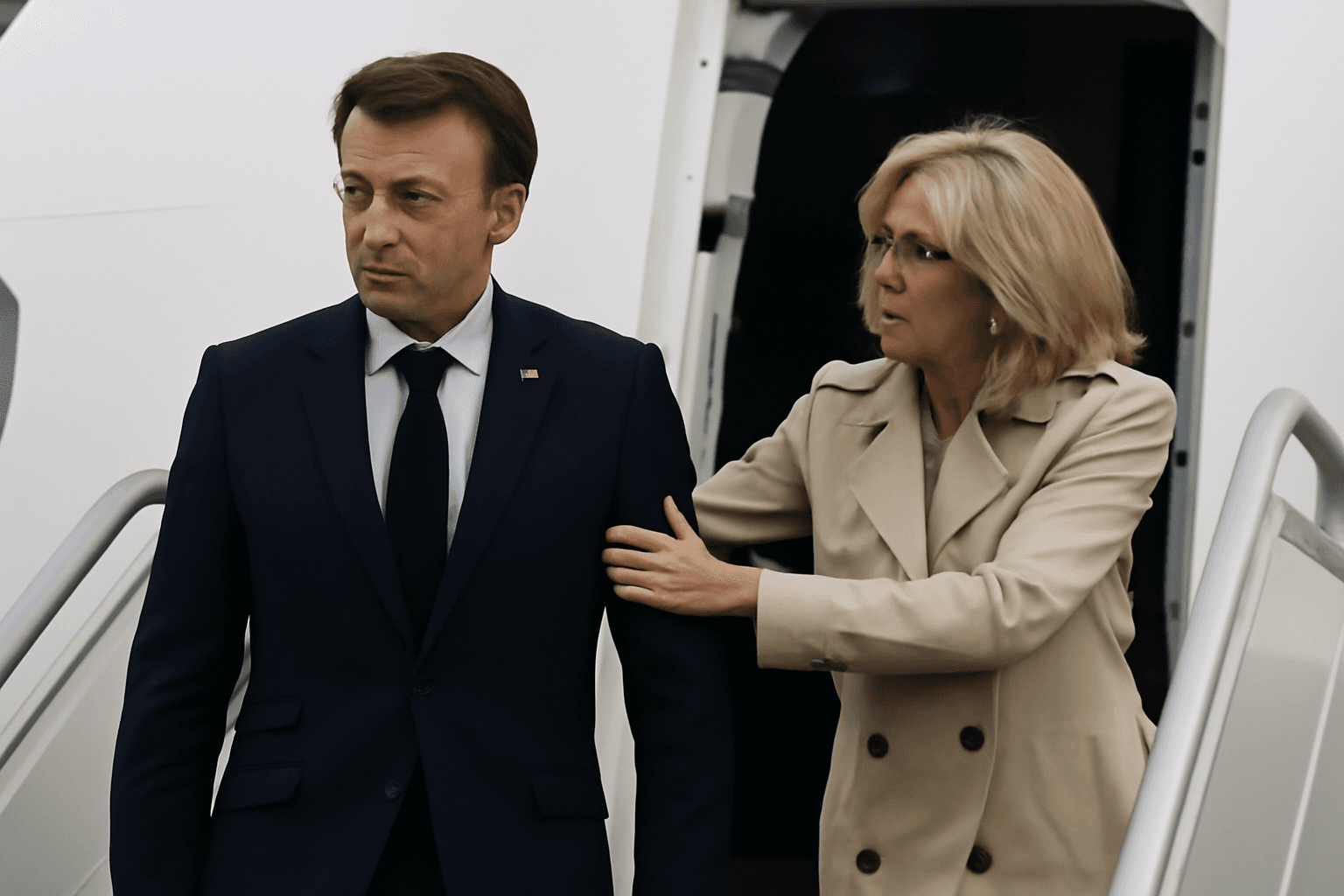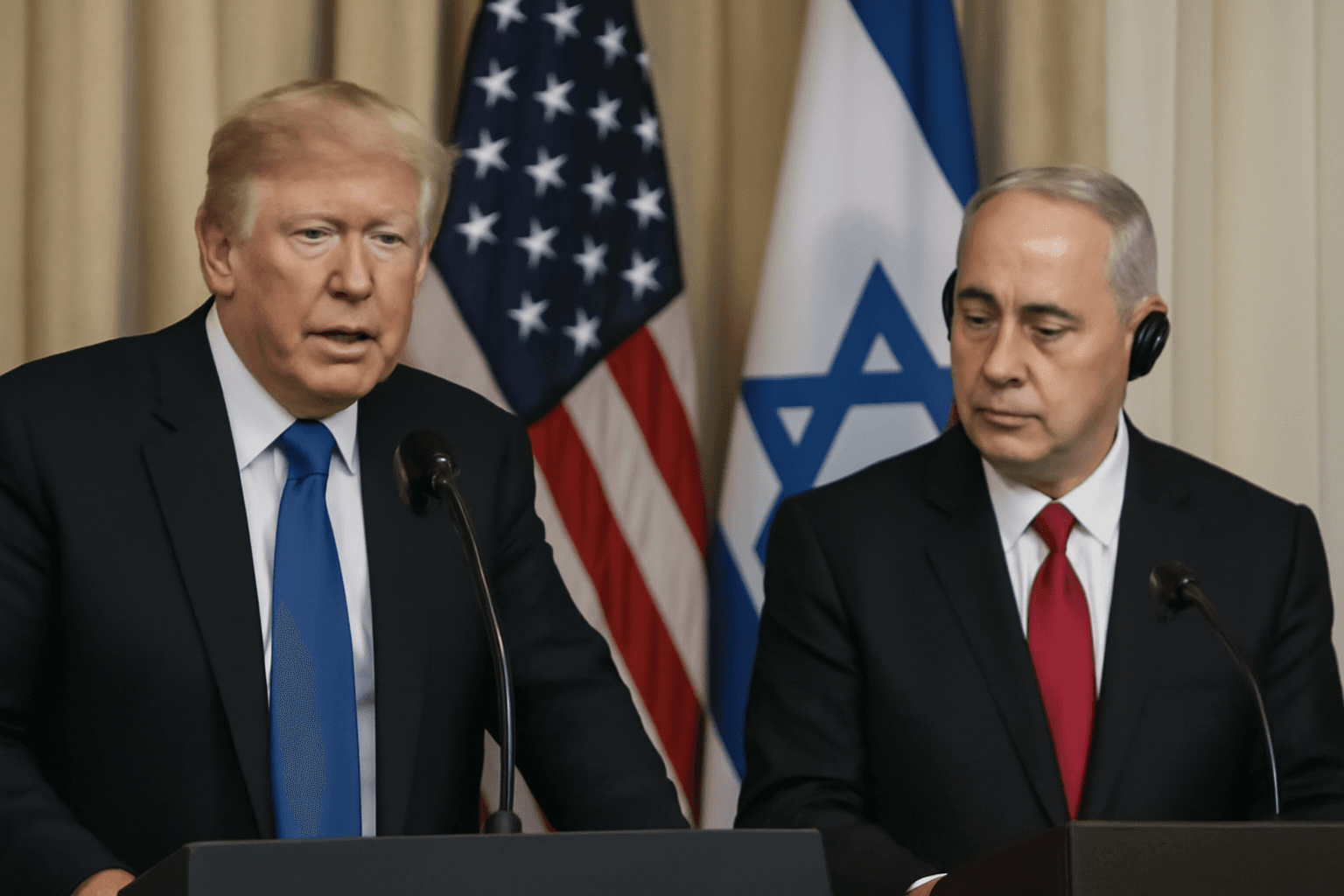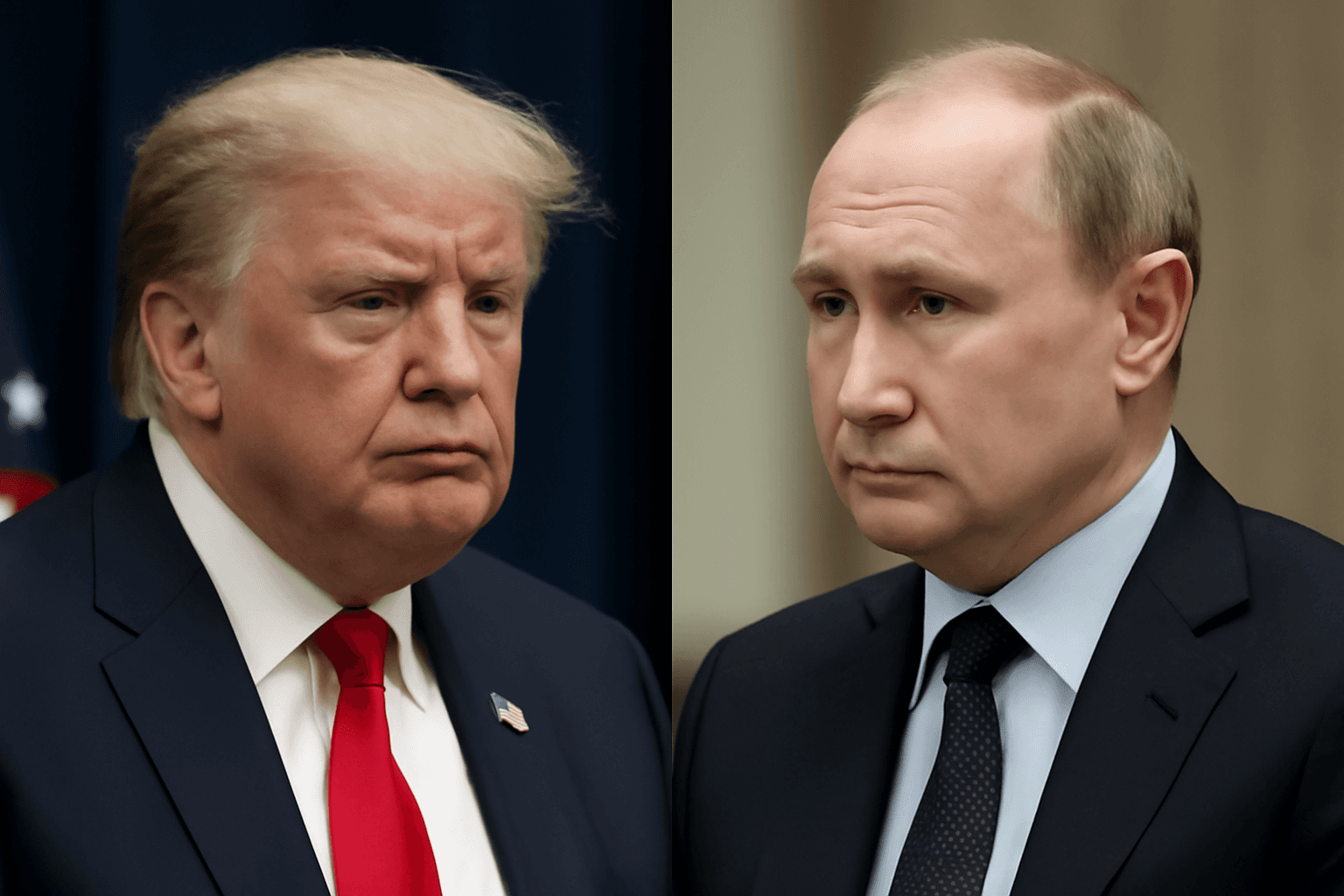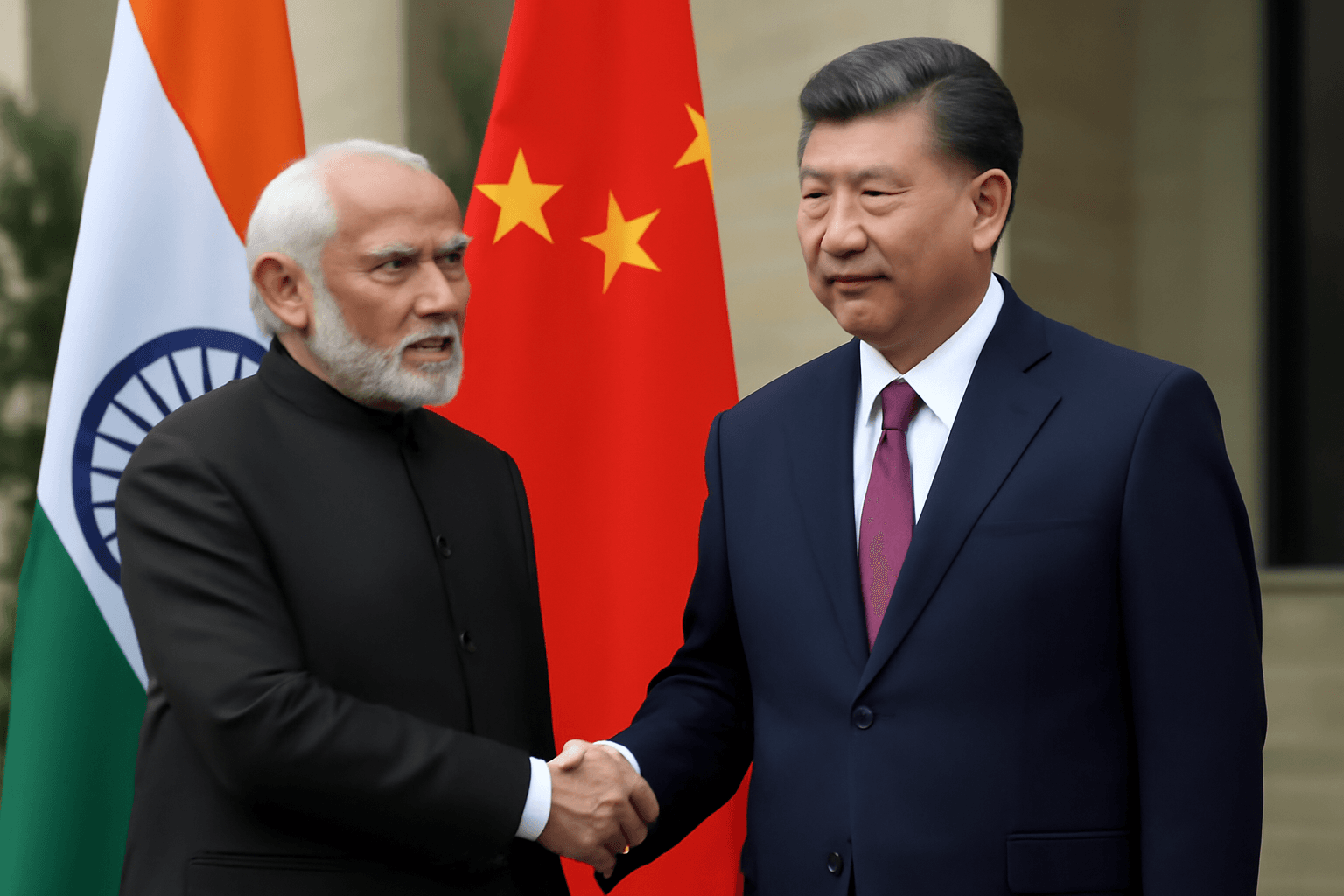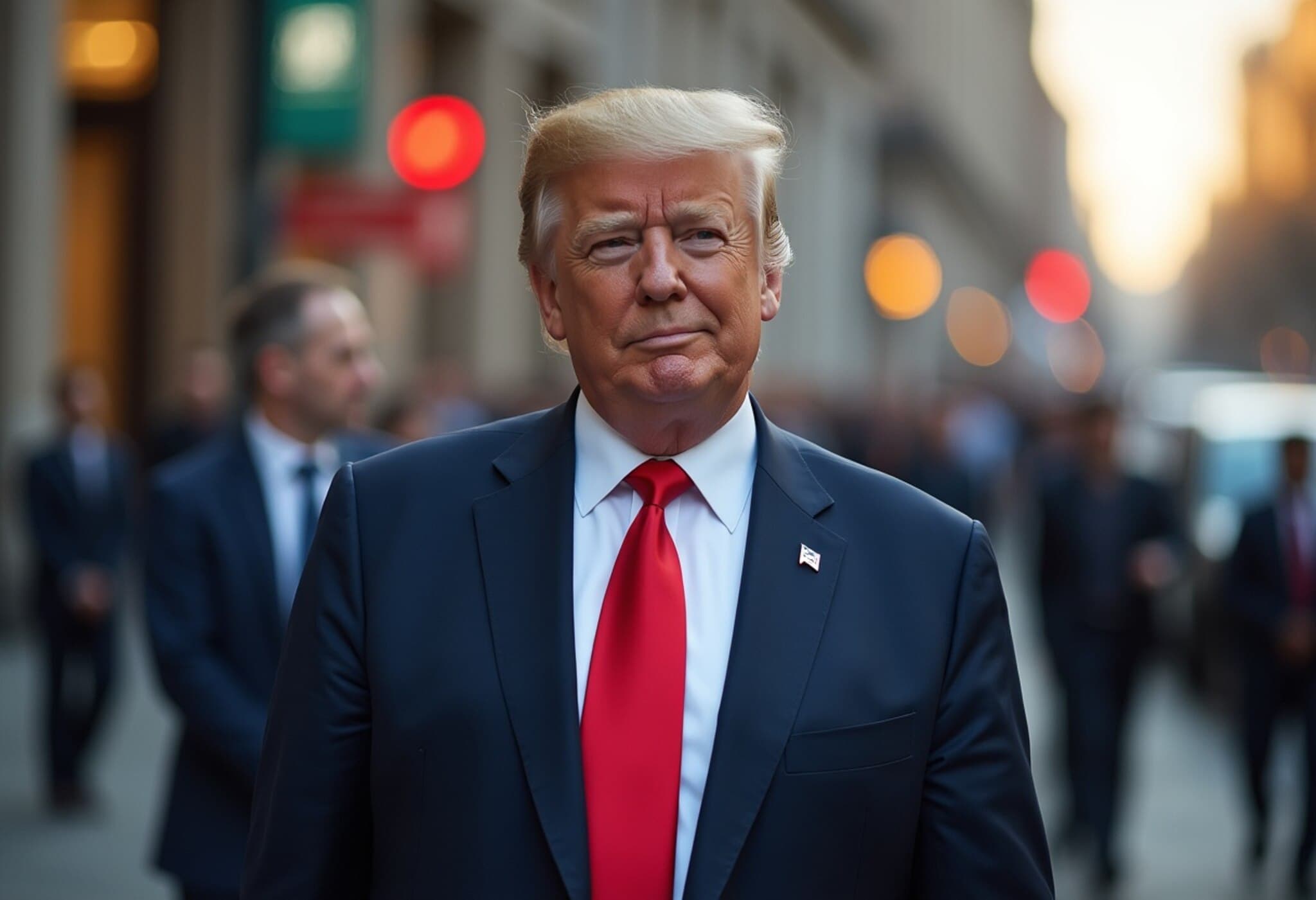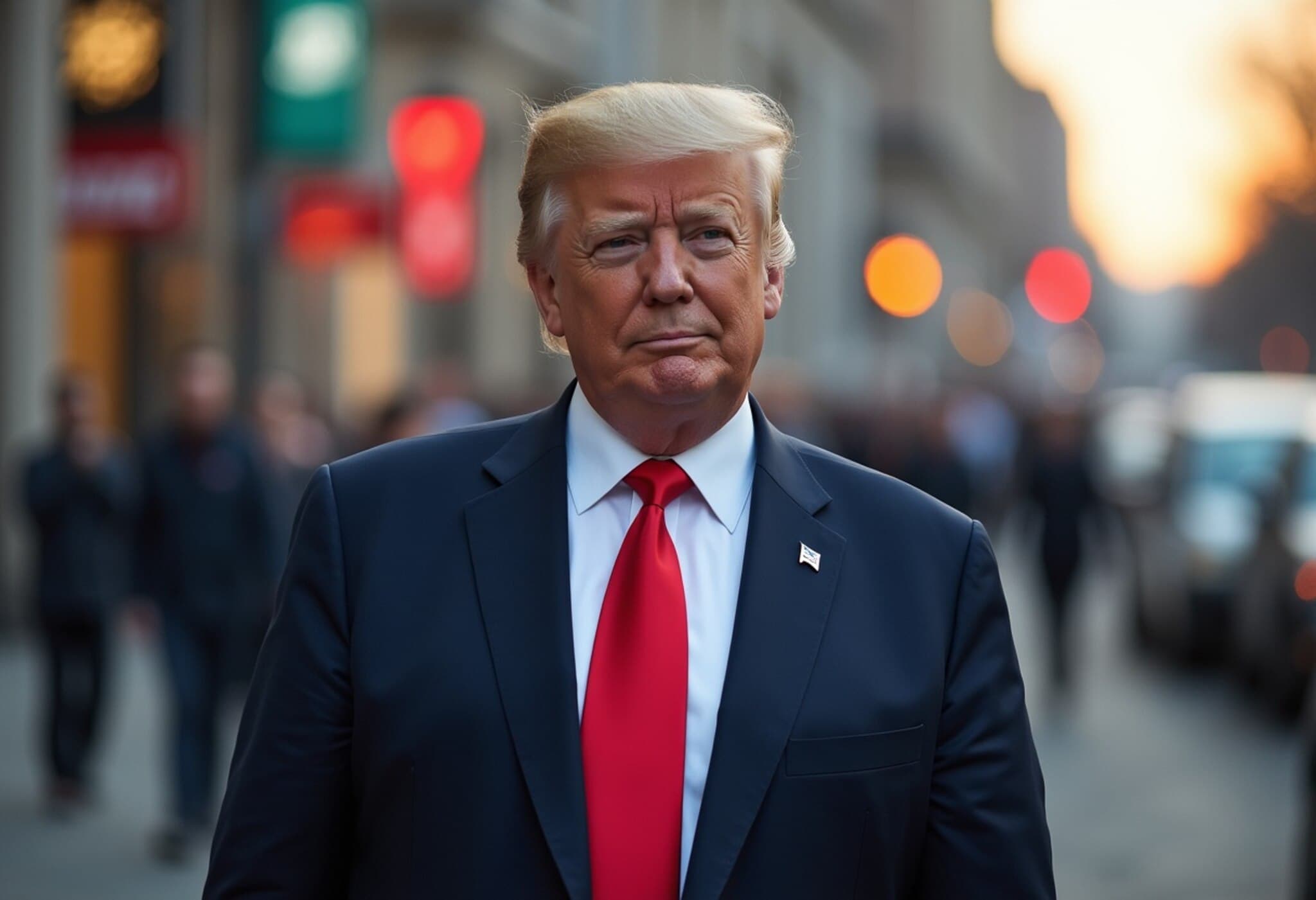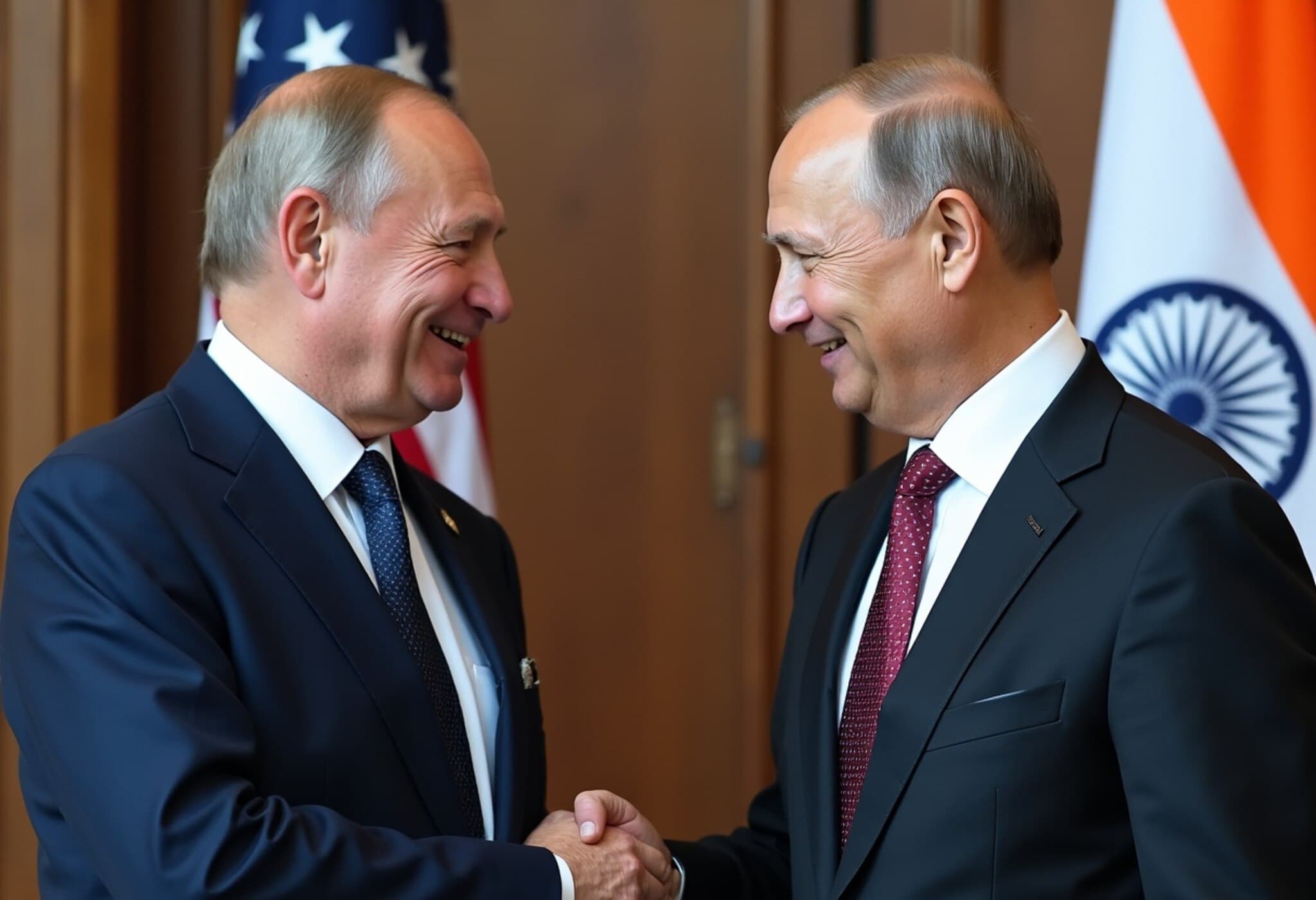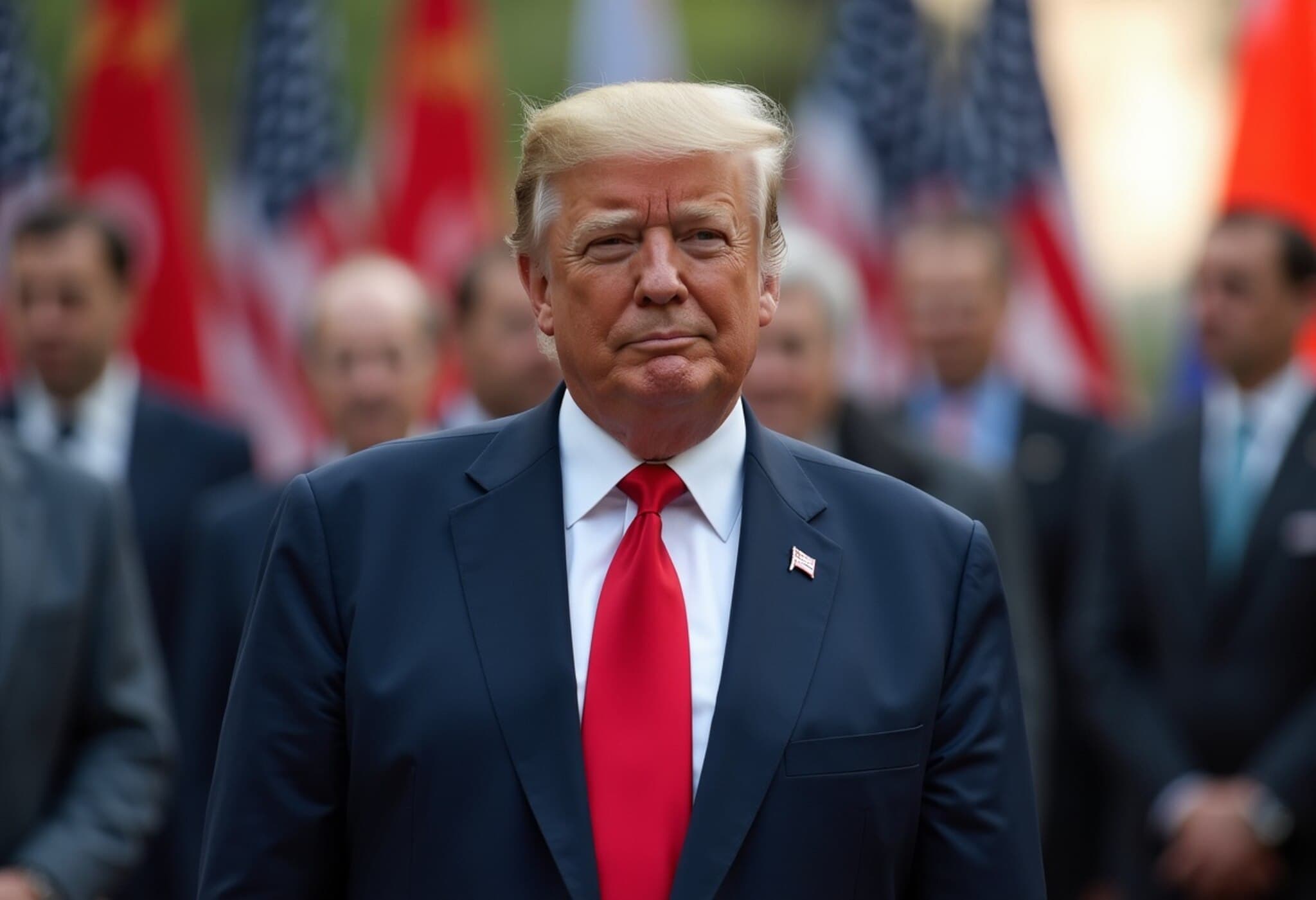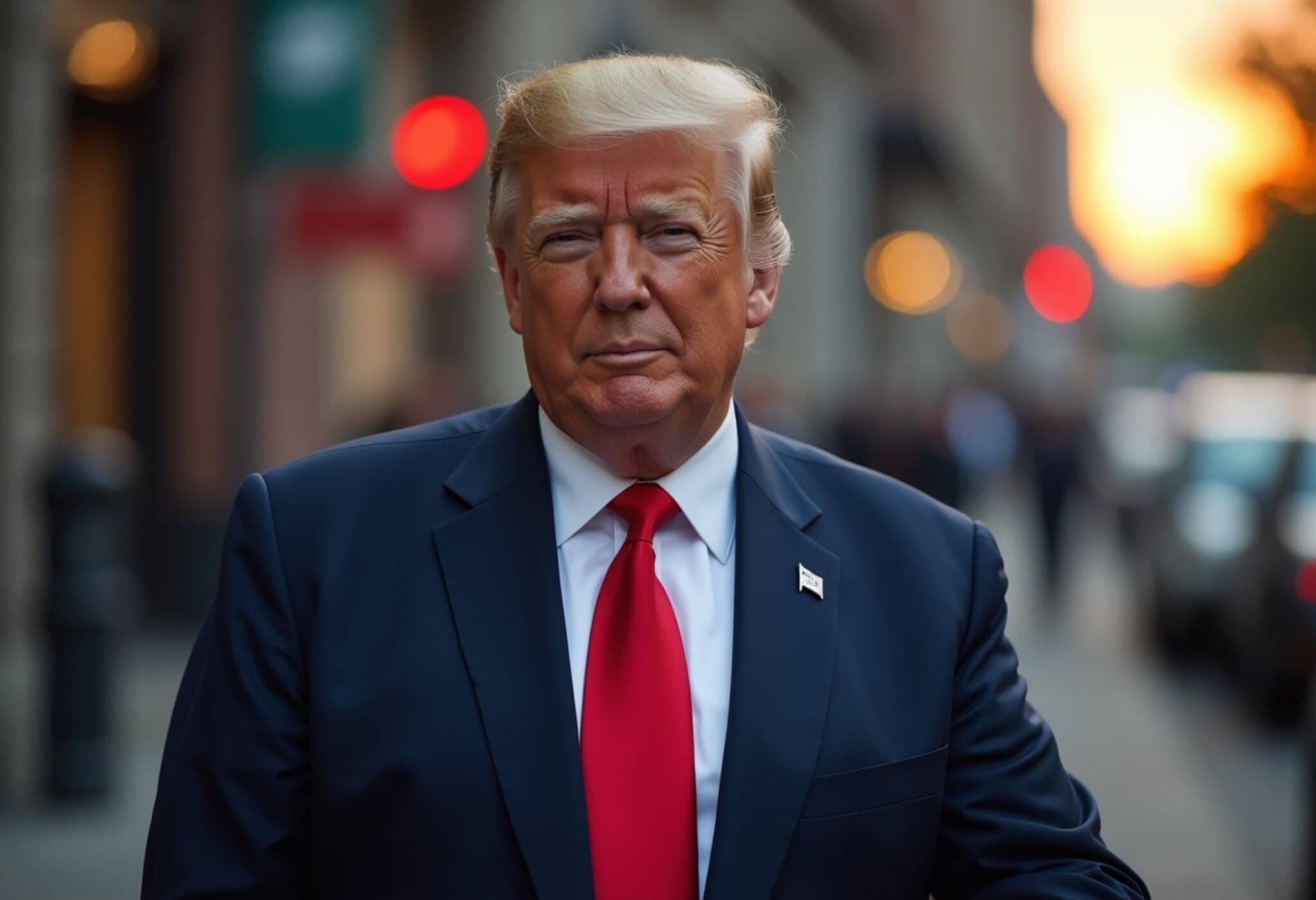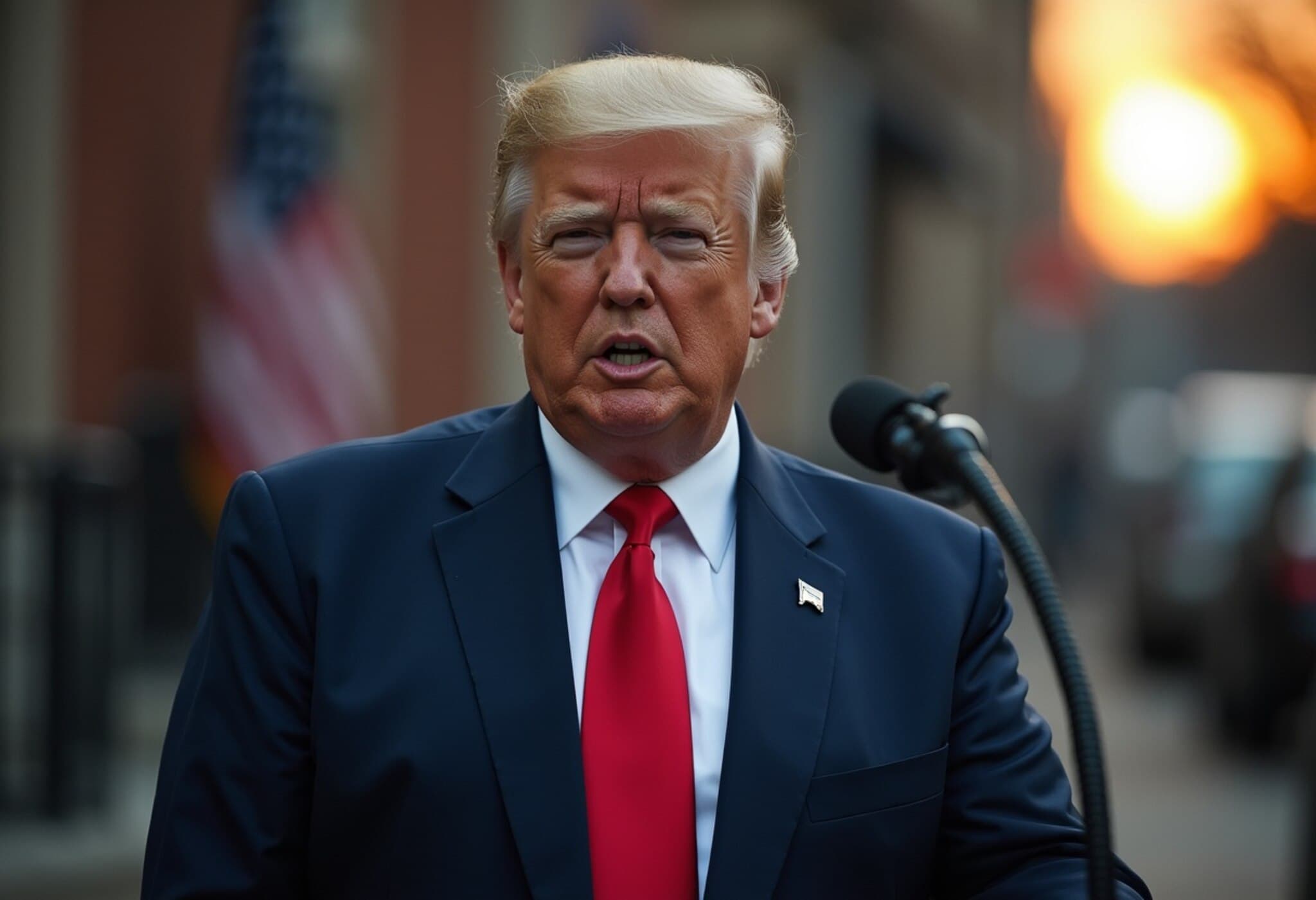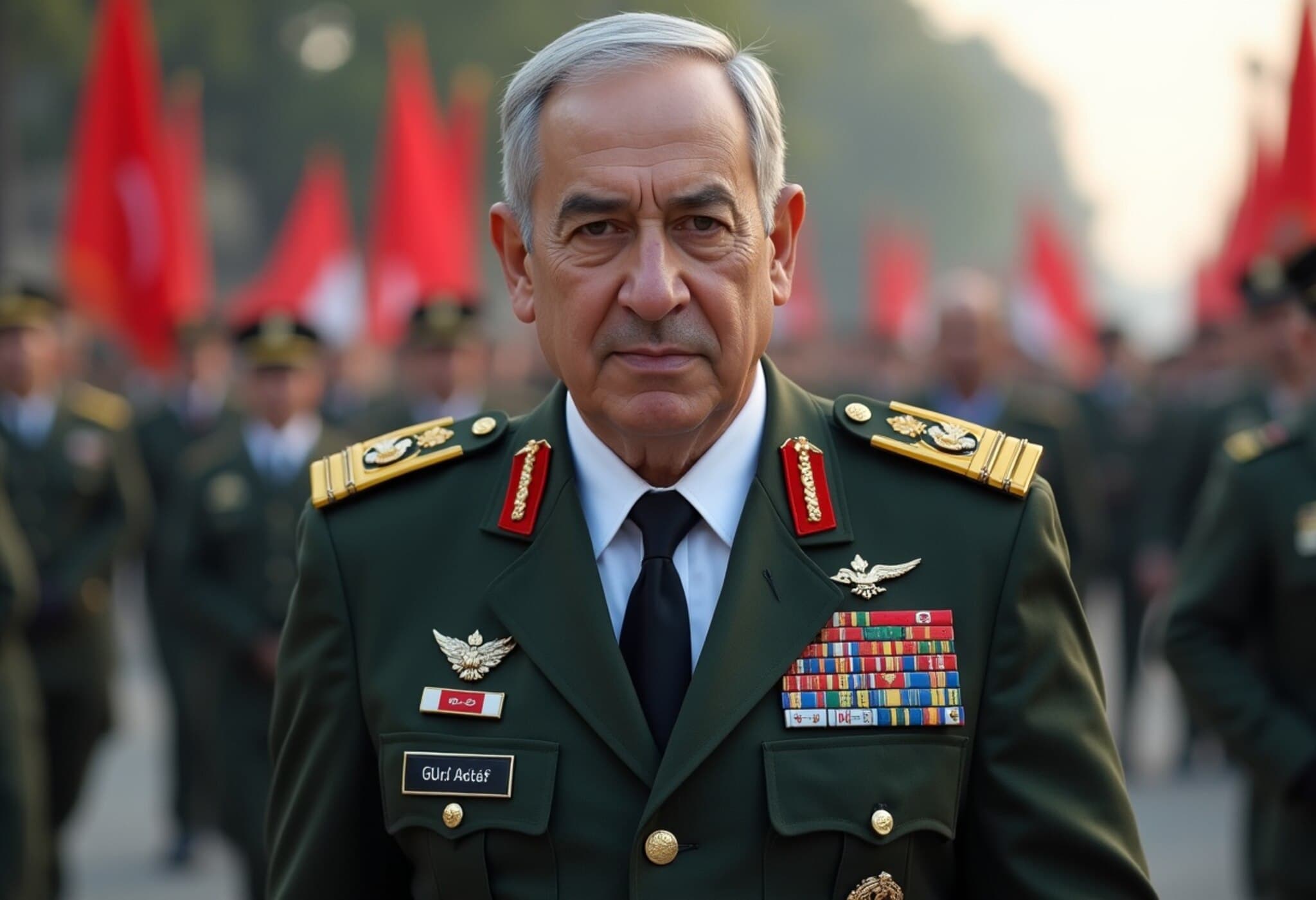Trump’s Tariff Decision on India: A Strategic Misstep Benefiting China
August 7, 2025 – Singapore: In an unexpected move shaking global trade dynamics, US President Donald Trump’s decision to impose steep tariffs of up to 50% on Indian exports is raising uneasy questions about America’s strategic priorities in Asia. This decision, part punitive response to India’s Russian oil purchases and part aggressive trade tactic, risks alienating a key player positioned precariously between two global powers: the United States and China.
The Context of Modi’s Upcoming Shanghai Visit
Indian Prime Minister Narendra Modi is slated to meet Chinese President Xi Jinping in Shanghai on August 31, in what will be their first face-to-face encounter on Chinese soil in seven years. This meeting at the Shanghai Cooperation Organisation summit underscores a rare moment of rapprochement between these regional heavyweights following years marked by border tensions and diplomatic friction.
Yet, Trump’s tariff strike threatens to sour New Delhi’s complex ties with Washington just as Modi approaches this critical diplomatic juncture, potentially pushing India closer toward Beijing’s sphere of influence.
Unequal Punishment in the Shadow of Russia
The tariffs, which Mr. Trump has characterized as retaliation for India’s purchase of Russian oil, starkly contrast with Washington’s current posture towards China — the world’s largest buyer of Russian fossil fuels — which has not faced similar punitive measures. This inconsistency risks undermining the U.S.’s credibility and strategic cohesion in countering Russian economic support and influence.
Writing from a geopolitical perspective, Dr. Lavina Lee, Director of Foreign Policy and Defence at the United States Studies Centre in Sydney, highlights that while the U.S. and its allies have heavily imposed economic sanctions to curtail President Vladimir Putin’s war ambitions in Ukraine, singling out India could backfire by fraying essential alliances:
“Previous US administrations have strategically overlooked India’s complex ties with Russia in favor of solidifying a partnership against China’s rise. The Trump administration’s confrontational tariff approach disrupts this delicate balance, risking long-term diplomatic damage.”
India’s Delicate Balancing Act
India has notably maintained a careful stance on the global chessboard, hesitant to fully commit to either Washington or Beijing. It holds membership in both the China-led BRICS bloc and the U.S.-backed Quad alliance, embodying a preference for strategic autonomy.
This duality reflects India’s broader aspiration to navigate its economic and security interests pragmatically without becoming a pawn in a binary power struggle. Yet with the new tariff impositions, Washington may inadvertently weaken its appeal as a trusted partner, potentially ceding influence to China, which has been courting India diplomatically and economically.
Implications for Regional Security and Alliances
The tariffs also cast a shadow over regional security collaborations. The Quad, composed of the U.S., India, Australia, and Japan, has emerged as a key forum for counterbalancing China’s assertiveness in the Indo-Pacific. The growing chasm between Washington and New Delhi threatens to undermine this coalition’s cohesion and effectiveness.
Moreover, the upcoming BRICS summit hosted by India later this year — perceived as a counterpoint to Western-led institutions — may now be tinged with tension if the worsening US-India relationship spills into diplomatic exchanges.
Contrasting U.S. Policies Toward China and India
Ironically, President Trump’s recent approach seemed more conciliatory toward Beijing, signaling potential trade deal progress after easing restrictions on sensitive technology exports and sidelining Taiwan-related diplomatic engagements. In contrast, his hardline stance against India stands out, feeding narratives of selective diplomacy and geopolitical inconsistency.
Domestic Reverberations and Political backlash
Within India, Modi’s political opponents have openly criticized Trump’s tactics as bullying, conditions which have ignited nationalistic fervor encouraging the prime minister’s government to resist American pressure. This dynamic mirrors a global trend where foreign policy disputes bolster domestic political standing, providing leaders platforms to unify citizens through appeals of sovereignty and resilience.
Yet for U.S. policymakers, sustained friction fueled by protectionist tariff measures may prove counterproductive, fostering distrust in nations seen as potential allies against Chinese economic and military expansionism.
Looking Ahead: A Strategic Crossroads
- Will America recalibrate its tariff policies to mend fences with India and strengthen the Quad’s resolve?
- Can India maintain its strategic autonomy amid increasing economic pressures from Washington and diplomatic overtures from Beijing?
- How might this tariff fallout influence broader Indo-Pacific security arrangements and global economic realignments?
In the complex, intertwined world of geopolitics and trade, President Trump’s tariffs on India could inadvertently hasten China’s ascent as Asia’s dominant power broker, reshaping the balance not only economically but also diplomatically for years to come.
Editor’s Note
The unexpected tariff imposition against India highlights the fragility of international partnerships in an era where economic policies often serve as instruments of geopolitical strategy. While the U.S. aims to pressure India over its ties with Russia, this approach may undermine decades of painstaking alliance-building and push India away at a moment when a united front against China’s assertiveness is paramount.
Readers should watch closely how these developments influence not only the bilateral U.S.-India relationship but also the broader contest for influence in Asia’s fast-evolving landscape.
By understanding these nuanced diplomatic and economic shifts, we gain clearer insight into the delicate balance shaping global power structures in the 21st century.

